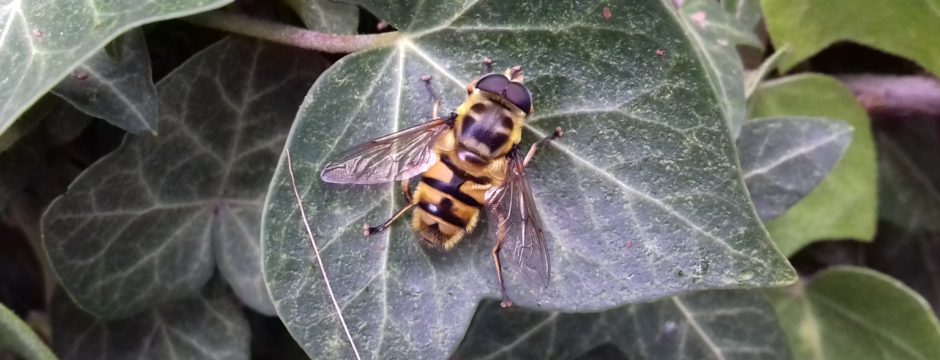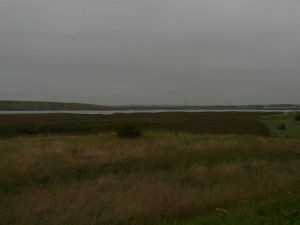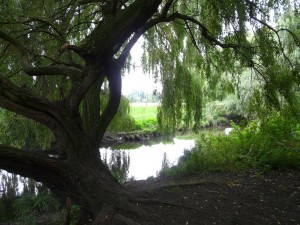Specific site comments that you might like to make regarding certain SINCS from our colleagues at Crossness Nature Reserve. These have been submitted, but if you can make similar comments on sites you know, it can only help.
Details on how to comment at the foot of the posting.
The comments are to sites referred to in the documentation which you can read online at http://www.bexley.gov.uk/index.aspx?articleid=12495 or Google ‘Bexley SINCs review’ and scroll to the foot of the page. You only need to look at the 2013 documents.
We have also uploaded the documentation – along with other documents about SINCs – to a cloud site for Greener Bexley users in case the Council site goes awol. You can find the documentation at: https://app.box.com/s/kbgdsygyvlso4bkzrs0c
Comments from Crossness Team
M041 Erith Marshes (p28/29/32)
Habitats: should also include reedbeds, wader scrapes, brownfield and scrub as found on Crossness Nature Reserve and Crossness Southern Marshes (part of the Erith Marsh complex).
Site description: Breeding bird species should also include Cetti’s warbler which have bred in the Crossness Nature Reserve and Crossness Southern Marsh reed for several years; ringed plover which bred on the brownfield habitat to the east of the site in 2013; barn owl which have been breeding at Crossness Nature Reserve since 2005, and little ringed plover which bred on Crossness Nature Reserve in 2002, and on the brownfield habitat to the east of Crossness in 2013.
In the invertebrates section, the following rare or scarce invertebrates have been recorded on Crossness Nature Reserve at the north of the Erith Marsh complex in 2013: shrill carder bee, brown-banded/moss carder bee, hairy dragonfly, green hairstreak butterfly, the nationally scarce ground-beetle Bembidion quadripustulatum, the nationally scarce leaf-beetles Longitarsus ballotae, Podagrica fuscicornis, Podagrica fuscipes; the nationally scarce Adonis ladybird Hippodamia variegate, and the nationally scarce weevil Tournataris bimaculatus.
Citation change on p30: Little ringed plover should stay. This species bred on the brownfield habitat to the east of Crossness Nature Reserve in 2013. They have also bred on the shingle islands at Crossness in the past and it is probable that they will do so again since the conditions are still suited to their breeding requirements.
Other observations on p30: Regarding the query over presence of previously recorded flora, I can confirm that pink water-speedwell, narrow-leaved pepperwort, wild celery and horned pondweed are still present Erith Marshes, following a botanical survey across Crossness Nature Reserve and Crossness Southern Marsh in 2011 and 2012. The only species not identified during these surveys was corn parsley.
Other declining flora recorded which are scarce in a London and/or Kent context include: Borrer’s saltmarsh grass, marsh dock, mare’s-tail, brackish water-crowfoot, hairlike pondweed, trifid bur-marigold, wild celery, marsh yellow-cress, common comfrey and golden dock.
Map on p32: I propose a boundary change and suggest that the unhatched areas to the east of MO41 up to Norman Road, either side of the concrete track leading to Crossness Nature Reserve, be included in the citation. These are important brownfield areas, where ringed plover, little ringed plover and skylark bred in the last year. They are likely to support scarce invertebrates associated with brownfield habitat also, and scarce or declining flora. I would strongly recommend that these sites are surveyed; they are an important component of the Erith Marsh complex and should be protected as such.
M106 River Cray (p33)
I would definitely support the addition of the Thames Road Wetland within the SINC boundary. This is an important site botanically, supporting Marsh Sow-thistle, and it supports a number of scarce invertebrate species and wetland birds.
BxBI01 Crossway Lake Nature Reserve (p60)
I would support the addition of the Thameside Walk Scrub. This supports good numbers of passerines, as well migratory birds such as common- and lesser whitethroat.
BxBI02 Belvedere Dykes (p67)
I support the proposed boundary change to include the newly created wetland within the Cory waste incinerator site, for its potential to support water voles that are present in the immediate vicinity.
BxBII02 Southmere Park &YarntonWay/Viridion Way (p131)
I would support the addition of the semi-improved grassland as recommended, and the Abbey Way open space.
Barnehurst Golf Course upgrade (p235)
I support the upgrade of the Barnehurst Golf Course to a Borough Grade II site, based on the presence of acid grassland, ancient woodland, and important flora and fauna.
BxL16 The Ridgeway (p279)
I would add that the Ridgeway at its northern, wooded end (Eastern Way embankment) is also used as a commuting route for bat species including common and soprano pipistrelle. I support the access enhancements proposed enabling the site to be upgraded to a Borough Grade II site.
Perry Street Farm (p288)
This is a vastly underestimated site that supports good numbers of sparrows, starlings, finches and other passerines. I would like to see this site designated as a SINC.
Our Lady of the Angels listing (p290)
I support the inclusion of Our Lady of the Angels cemetery as a SINC and suggest that the adjacent Sessile Oak woodland be included within the boundary.
Proposed corridors (p295)
I support the inclusion of strategic green corridors to link up a number of SINCs, in particular those relating to the M041 Erith Marsh citation, namely Thamesmead Link, Ridgeway Link, Thames Marshes corridor and the Belvedere Rail corridor.
Bexley Council is now running a public consultation on the results. Any comments should be sent to spandtteam@bexley.gov.uk by 5pm Thursday 20 February 2014.


